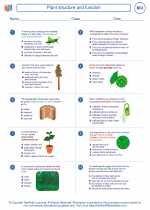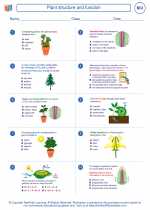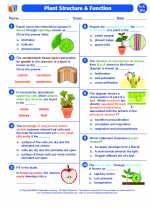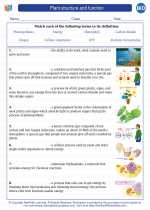Plate Boundaries
Plate boundaries are the areas where the Earth's tectonic plates meet. There are three main types of plate boundaries: divergent boundaries, convergent boundaries, and transform boundaries.
Divergent Boundaries
Divergent boundaries occur where two tectonic plates move away from each other. This movement creates a gap, which is often filled with molten rock from the mantle, leading to the formation of new crust. Divergent boundaries are typically found along mid-ocean ridges, where new oceanic crust is formed.
Examples of divergent boundaries include the Mid-Atlantic Ridge and the East African Rift.
Convergent Boundaries
Convergent boundaries occur where two tectonic plates move towards each other. When this happens, one plate is forced beneath the other in a process known as subduction. This can result in the formation of mountain ranges, volcanic arcs, and deep ocean trenches.
Examples of convergent boundaries include the boundary between the Indian and Eurasian plates, which has led to the formation of the Himalayas, and the boundary between the Nazca and South American plates, which has led to the formation of the Andes.
Transform Boundaries
Transform boundaries occur where two tectonic plates slide past each other horizontally. This movement can cause earthquakes as the plates grind against each other. Transform boundaries are found on the ocean floor and on land.
An example of a transform boundary is the San Andreas Fault in California.
Study Guide
When studying plate boundaries, it's important to understand the different types of boundaries and the geologic features associated with each type. Here are some key points to focus on:
- Define plate boundaries and explain their significance in the movement of Earth's tectonic plates.
- Describe the three main types of plate boundaries: divergent, convergent, and transform, and provide examples of each.
- Explain the geologic features associated with each type of plate boundary, such as mid-ocean ridges, volcanic arcs, mountain ranges, and deep ocean trenches.
- Discuss the potential hazards and geological events that can occur at each type of plate boundary, such as earthquakes, volcanic eruptions, and the formation of tsunamis.
- Compare and contrast the processes and effects of plate tectonics at different types of plate boundaries.
By understanding plate boundaries and their associated geologic processes, you can gain insight into the dynamic nature of the Earth's crust and the forces that shape the planet's surface.
[Plate Boundaries] Related Worksheets and Study Guides:
.◂Biology Worksheets and Study Guides High School. Plant structure and function

 Worksheet/Answer key
Worksheet/Answer key
 Worksheet/Answer key
Worksheet/Answer key
 Worksheet/Answer key
Worksheet/Answer key
 Vocabulary/Answer key
Vocabulary/Answer key
 Vocabulary/Answer key
Vocabulary/Answer key
